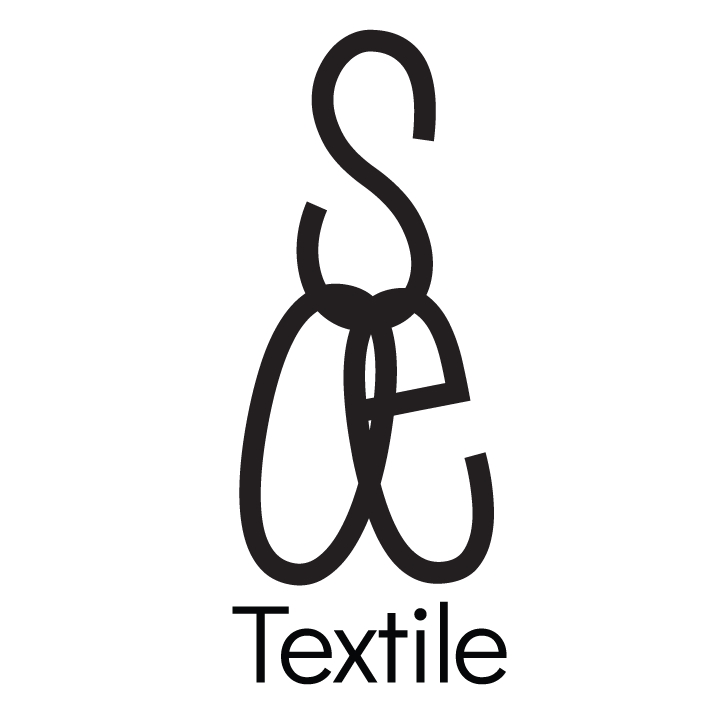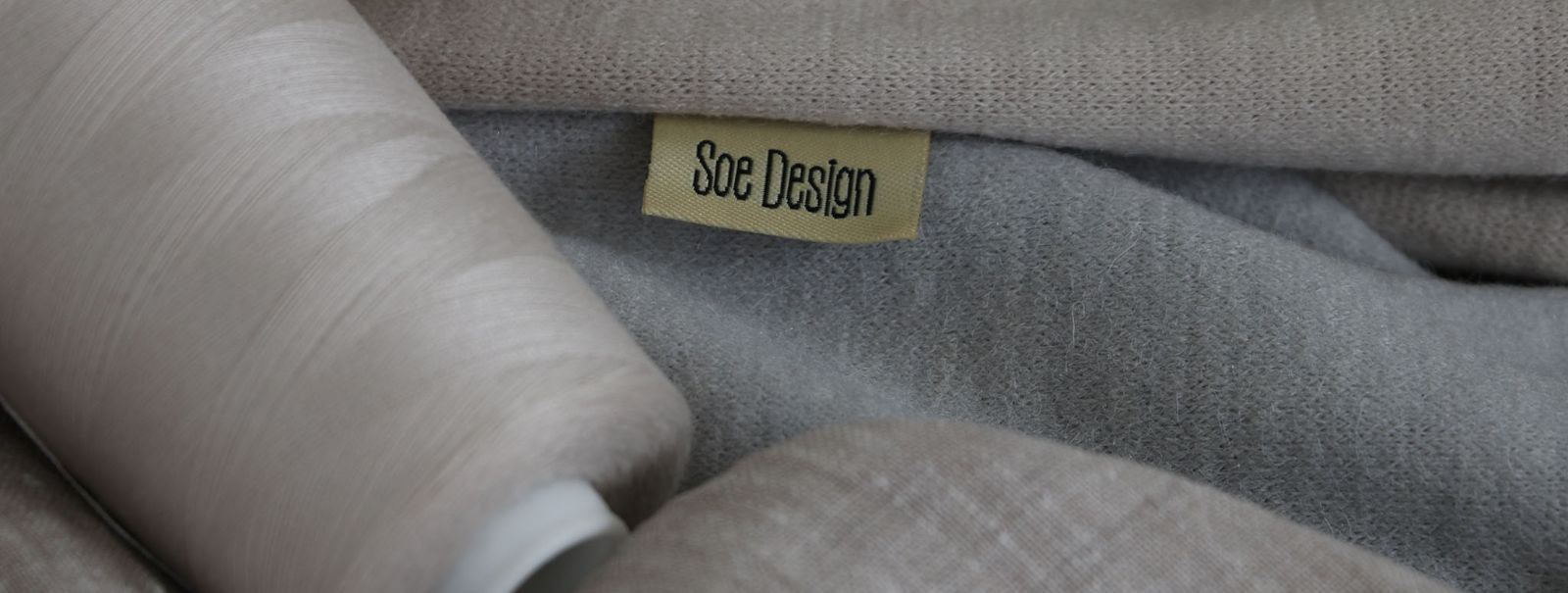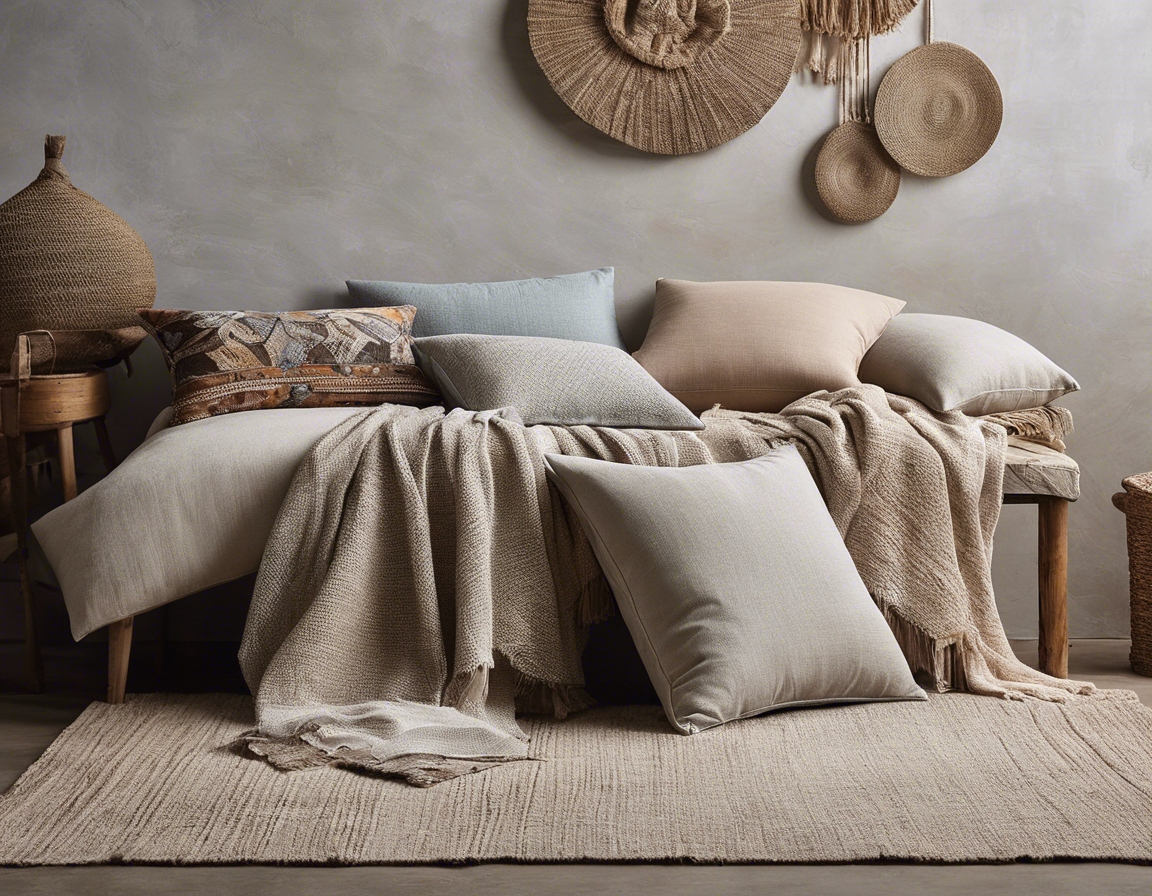The journey of recycled fabrics: from waste to wardrobe
The textile industry is one of the largest polluters globally, with vast amounts of waste generated each year. Recycling fabrics presents an opportunity to mitigate this impact by transforming waste into valuable resources. For environmentally conscious consumers, understanding the lifecycle of recycled fabrics is crucial in making sustainable choices.
Recycled fabrics are textiles that have been repurposed from pre- or post-consumer waste. These materials can come from discarded clothing, industrial scraps, or even plastic bottles. The goal is to create a closed-loop system where materials are continuously reused, reducing the need for virgin resources.
The Process of Creating Recycled Fabrics
The journey begins with the collection of textile waste from various sources. This waste is then meticulously sorted by type and color to prepare for the recycling process.
Once sorted, the textiles are broken down using mechanical or chemical processes. Mechanical recycling involves shredding fabrics into fibers, while chemical recycling breaks down materials at the molecular level to create new fibers.
The reclaimed fibers are then spun into yarn, ready to be woven or knitted into new fabrics. This step is crucial in determining the quality and texture of the final product.
The yarn is finally woven or knitted, giving life to new recycled fabrics. These can then be dyed, printed, and finished according to design specifications.
The Environmental Benefits of Recycled Fabrics
Recycling textiles significantly reduces the volume of waste sent to landfills, easing the burden on the environment.
The production of recycled fabrics consumes less water and energy compared to creating virgin materials, thus conserving precious resources.
By recycling, the textile industry can minimize its pollution and carbon footprint, contributing to a cleaner planet.
Challenges in Recycling Textiles
Recycling textiles is not without its challenges, including the technical difficulties of processing mixed or contaminated materials.
Ensuring that recycled fabrics match the quality and durability of virgin materials is a significant concern for both manufacturers and consumers.
There is a need to shift market perception to see recycled fabrics as not just eco-friendly, but also as high-quality and desirable.
Recycled Fabrics in Fashion and Home Textiles
Designers are increasingly incorporating recycled materials into their collections, showcasing the versatility and aesthetic appeal of these fabrics.
Several brands are at the forefront of sustainable fashion, using recycled fabrics to create stylish and eco-conscious clothing and home textiles.
Consumers play a pivotal role in the success of recycled fabrics by choosing sustainable products and advocating for eco-friendly practices.






Comments (0)